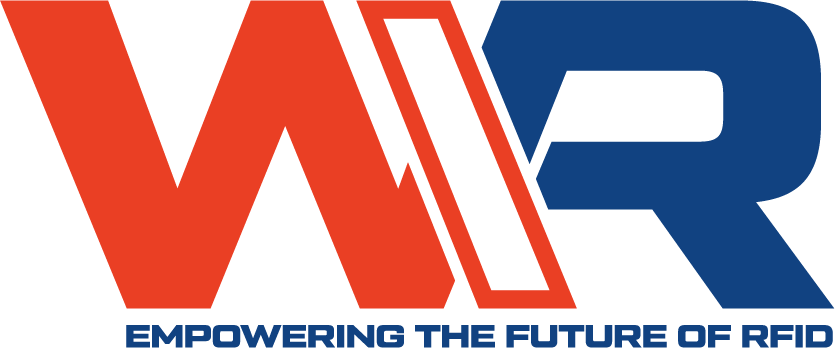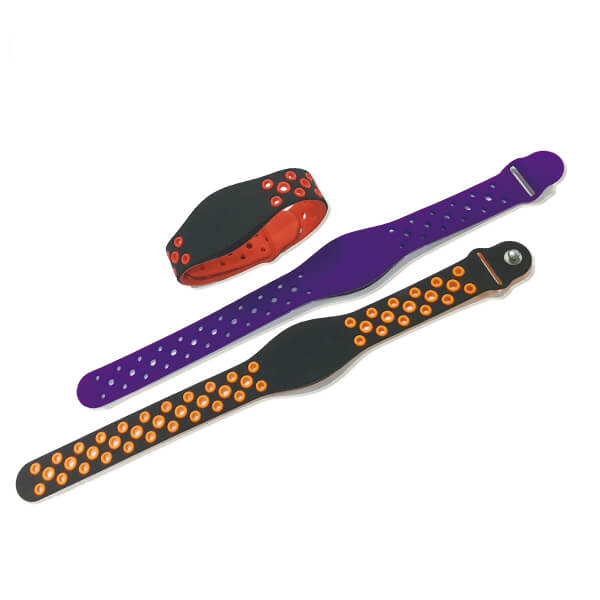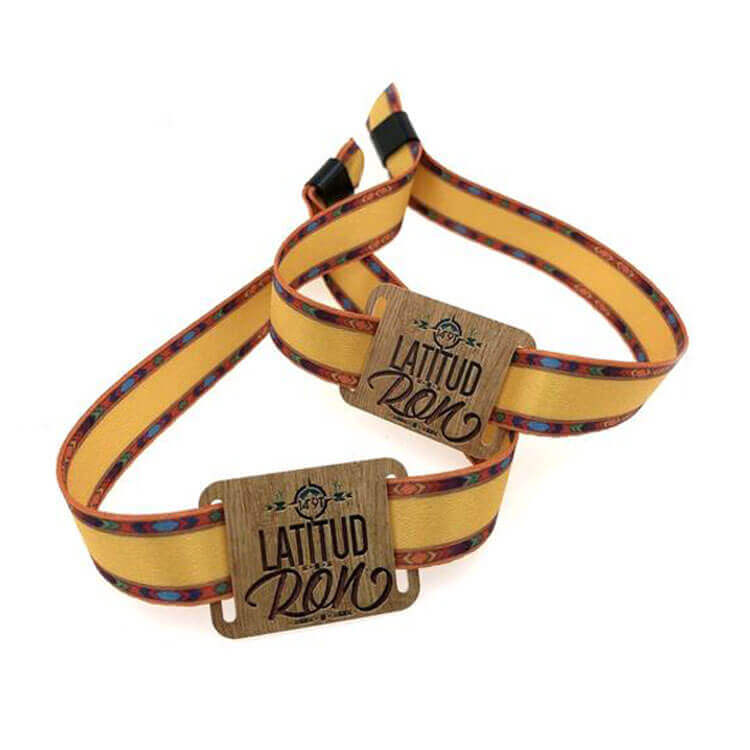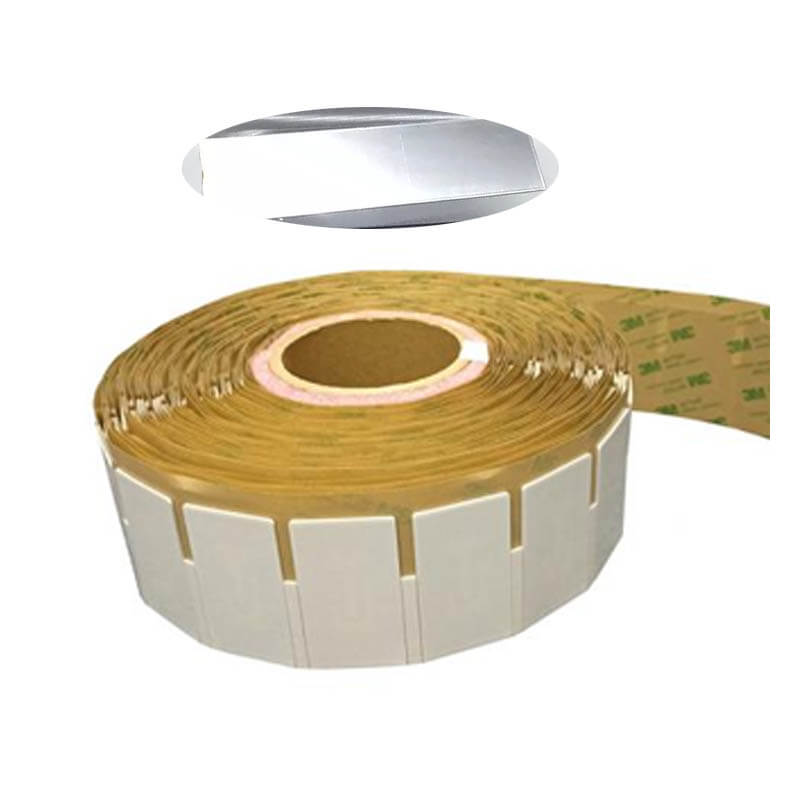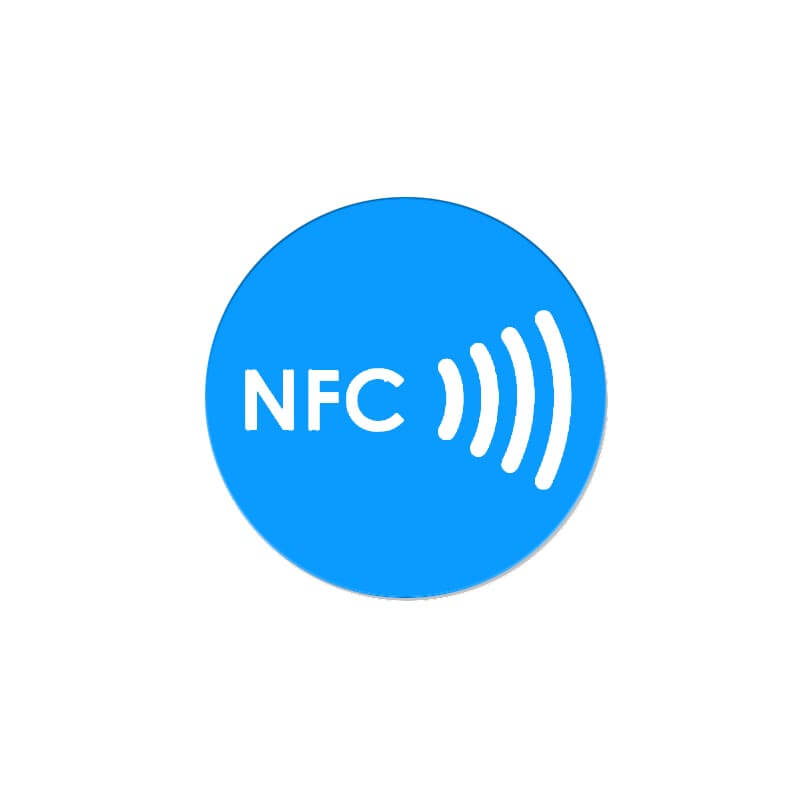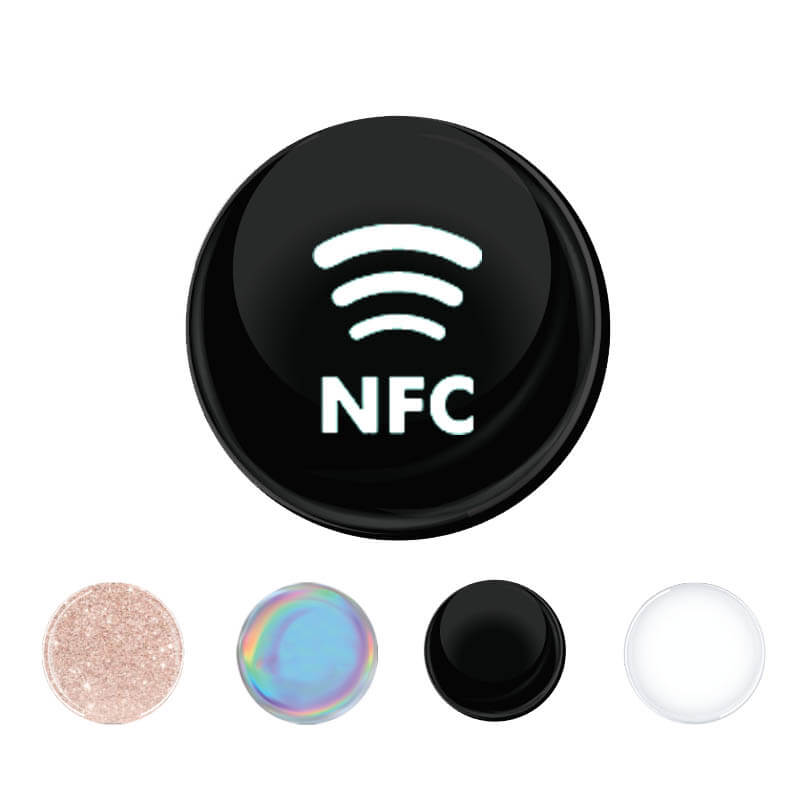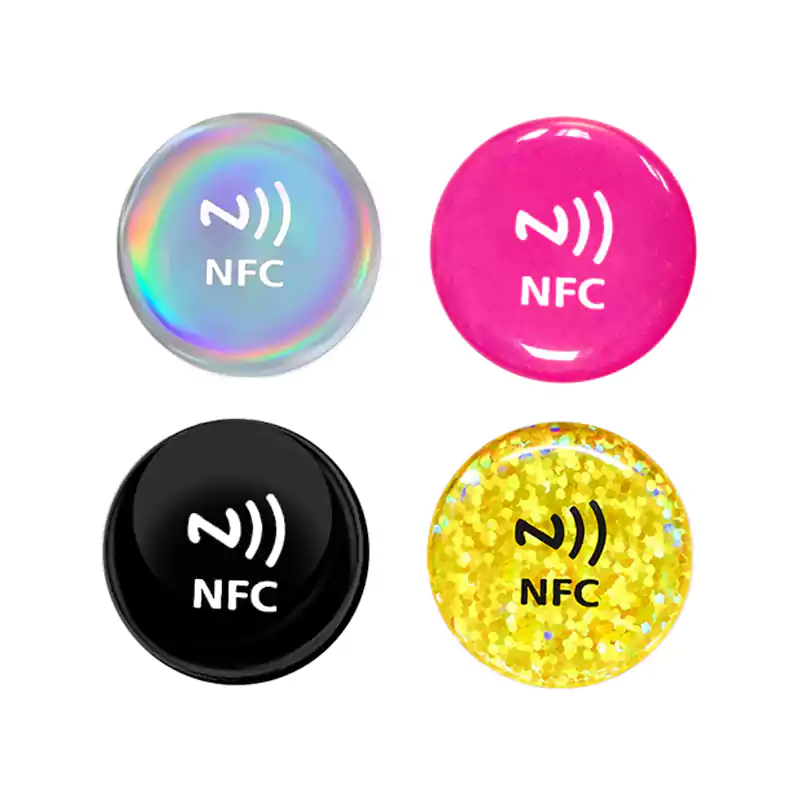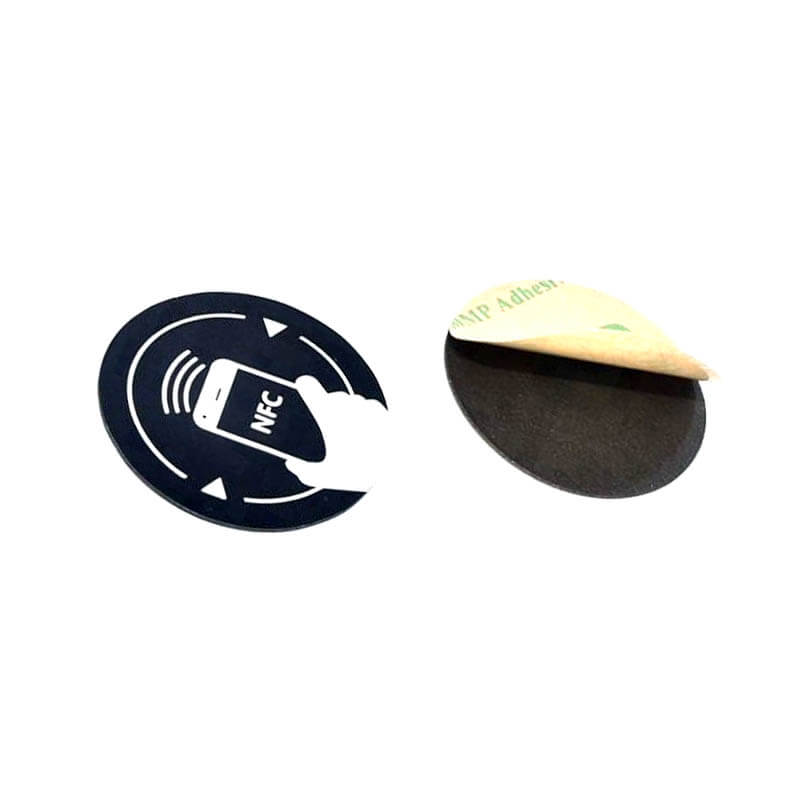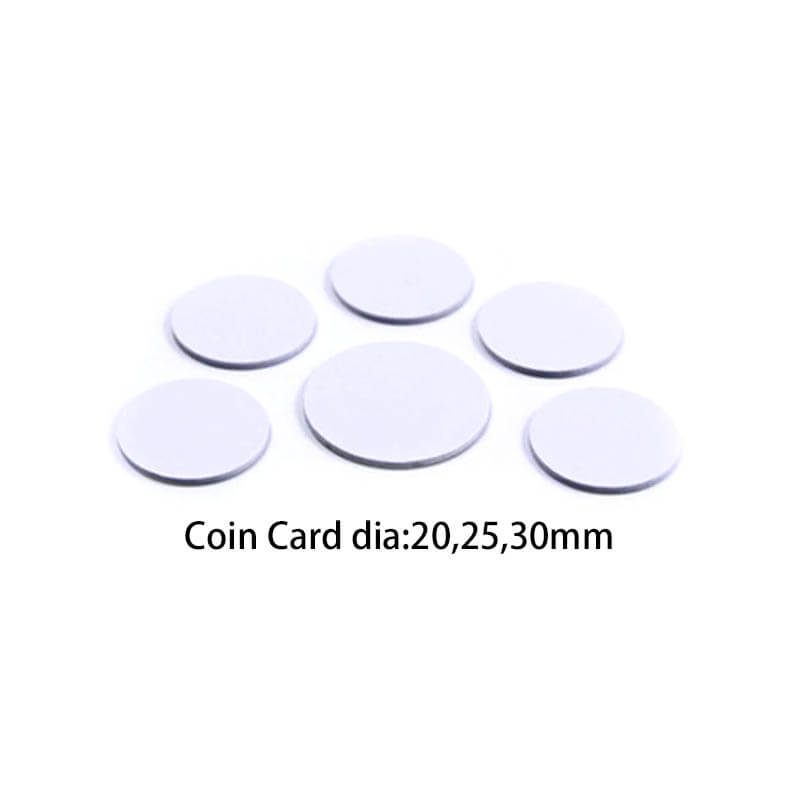Technology has quickly advanced in recent years, and one area that has seen significant innovation is RFID technology. RFID, or radio frequency identification, uses electromagnetic fields to automatically identify and track tags attached to objects.
While RFID tags are most commonly associated with inventory tracking in manufacturing and retail settings, the technology is being used in many other ways. Here are a few examples of how RFID technology is being used in everyday life:
10 Ways RFID Technology Is Being Used
1. Making Payments
You’ve probably used RFID technology without even realizing it if you’ve ever made a contactless payment with your credit or debit card. Many financial institutions are now issuing cards with embedded RFID chips that can make secure payments at retail locations.
Additionally, wearable payment wristbands are used to make public transit payments in some cities. For example, riders in London can use their contactless credit or debit cards to pay for fares on the city’s bus, rail, and tube systems.
2. Next-Generation ID Cards
Next-generation identity cards are also being made using RFID technology. These cards can be used for event management, time and attendance monitoring, and physical access control.
The passport, which is currently issued by many nations, is one example of an ID RFID card that incorporates RFID technology. This passport utilizes an RFID chip to record biometric information that may be used to confirm the identity of the passport holder, such as the person’s fingerprint and iris scan.
3. Asset Tracking
High-value assets including machinery, tools, and cars are also being tracked using RFID tags. Asset tracking of this kind may be used to stop theft, find out where assets are, and make sure that machinery is maintained properly.
For instance, hospitals are tracking patient medical information and X-rays using RFID tags. By preventing the mixing of patient records, contributes to ensuring that patients receive the proper care.
4. Event Management
Disposable RFID wristbands may be used to manage both small and big events. For instance, participants at festivals and concerts may be tracked using RFID-enabled wristbands. This data may be utilized for crowd size monitoring, event planning, and security.
They may be utilized to control inventories during events as well. For example, organizers of a music event use RFID tags to track tents, portable toilets, and other assets. They can monitor inventories and make sure that everything is put away properly thanks to this.
5. Smart Marketing
The world has shifted to smart marketing, ensuring targeted marketing & a wider reach. For example, some retailers are using RFID tags to track customer behavior. This information can be used to customize the shopping experience and target customers with personalized offers.
Besides, RFID tags can be used to track product shipments. This helps companies to ensure that products are delivered on time and to the correct location. This high-level efficiency improves customer satisfaction, guaranteeing return customers and recommendations.
6. Security and Access Control
Organizations are using RFID technology to manage security and control access to high-security zones. For example, some office buildings are using RFID-enabled key cards to control access to specific areas. This helps to improve security and prevent unauthorized access.
In addition, the tags can be used to track people and assets in secure areas. For example, an organization can use RFID tags to track the movement of people and assets in a secure facility.
This information is critical as it helps identify intruders or unauthorized access. As such, it can thwart potential security breaches before they happen.
7. Animal Tracking
Some uses for this kind of RFID tracking include regulating wildlife populations and keeping track of the movement of cattle. RFID tags, for instance, are used to monitor endangered animals.
Conservation initiatives and public health monitoring can both benefit from this knowledge. Understanding these species’ migratory habits and spotting possible dangers to their existence is made easier for biologists.
RFID tags are also utilized to monitor the movement of cattle. By using this knowledge, animal husbandry procedures may be improved and disease transmission can be stopped.
8. Home Automation
RFID technology is contributing to the rising popularity of “smart houses” in general. For instance, some homeowners are utilizing RFID tags to regulate the temperature and lighting in their houses.
Home automation of this kind can increase energy efficiency and provide a more pleasant living space. RFID tags may also be utilized to manage security systems and keep tabs on locals’ arrivals and departures.
Also, with RFID tags, you may automate doors, gadgets, and more in your house. Your house will be safer and require less manual intervention as a result.
9. Vehicle Tracking
RFID vehicle tags may be used to track the movement of automobiles when paired with GPRS. The management of fleets and security can both benefit from this knowledge.
RFID tags may be used to track the position of your fleet of cars and make sure they are being driven safely. Routes and efficiency may be improved using this information.
Also, you may use this technology to keep an eye on the movement of important assets, such as vehicles hauling pricey merchandise. You may make sure that these cars are on the right path and avoid theft by tracking them.
10. Personal Tracking
People may be tracked using RFID tags as well. The utilization of this information can improve safety and security.
As an illustration, some parents use silicone RFID wristbands to monitor their kids and make sure they’re safe. RFID tags can also be used to monitor the elderly and those suffering from dementia.
Their security may be ensured with this information, and assistance can be given in an emergency. RFID tags may also be used to track athletes and keep an eye on their performance.
Future of RFID Technology
New applications are continuously being created for RFID technology, which is always developing. Technology will become more and more common as it advances.
RFID tags might one day be used to monitor and trace all of our activities. Using this knowledge might boost production and increase efficiency. This technology might also be utilized to keep an eye on our well-being and protect us.
Although privacy issues will need to be resolved, RFID technology has a lot to offer. As a result, this technology is probably going to have a big impact on our lives in the future.
Related articles:
- Why You Need RFID Jewelry Tags?
- Use of RFID Technology in Hospitals – 7 Things You Can Track
- A Guide to RFID Tags Types And What are they Difference
- Benefits of Using RFID Technology in the Clothing Industry
- How to Use RFID Technology for Cattle Tracking
- Tool Tracking – RFID Tags for Tools
- RFID Laundry Tags: Why You Should Use Them
- What Are RFID Tags and How Are They Used?
